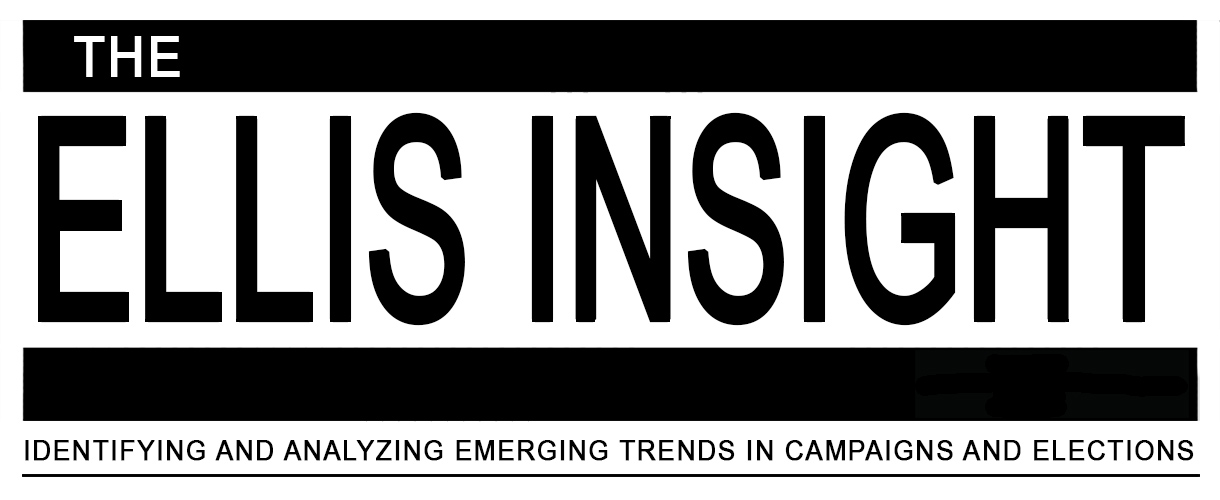It appears continuing the new-found Senate majority could well turn on the 2016 presidential election, and that puts Republicans in a precarious position.
When the GOP captured the Senate in 2014, much was made that their fledgling majority could be short-lived. Seeing that 24 of the 34 in-cycle 2016 seats are Republican-held means that Democrats need a minimum net conversion of only four states to re-claim control. That is, if the Ds – presumably in the person of former Secretary of State and First Lady Hillary Clinton – hold the White House upon President Obama’s exit. Otherwise, they would need to gain five.
In looking at the Senate players for the coming campaign we see not only a Republican Party forced to protect two dozen seats, but 10of those 24 can already be considered as highly competitive complete with a pair (IL-Kirk; WI-Johnson) in the toss-up category.
Of the vulnerable 10 states, seven (Arizona-McCain; Florida-Rubio, New Hampshire-Ayotte, North Carolina-Burr, Ohio-Portman, Pennsylvania-Toomey and Wisconsin-Johnson) are high-level presidential campaign targets. Likely putting the Republicans in even greater peril for the next election, President Obama twice Continue reading >
